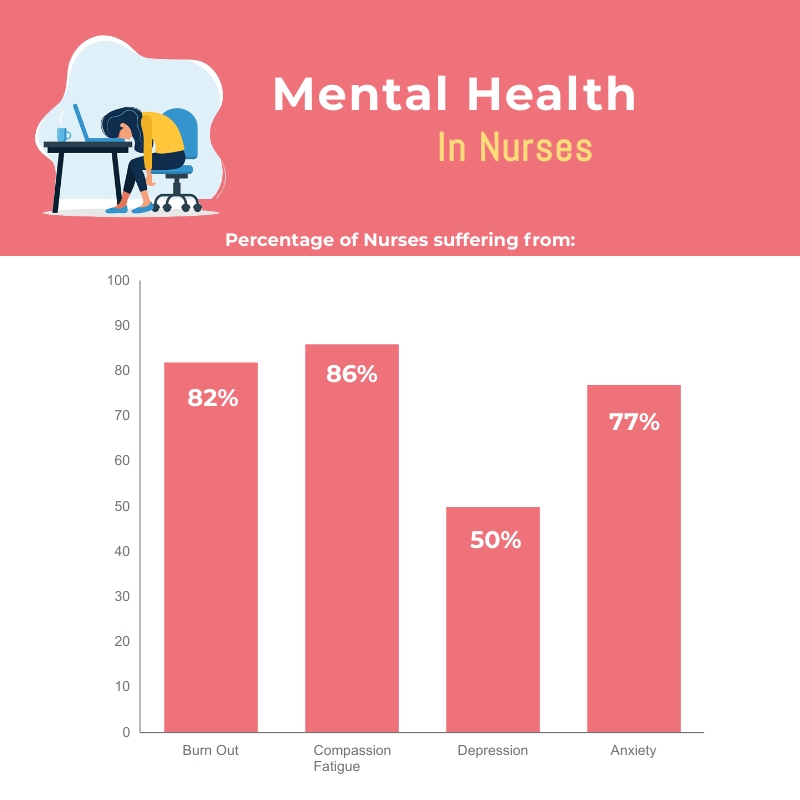Taher MV
(Originally published on Mar 25, 2021)
Disclaimer: BridgeUSA acquired The Acceptance Project (TAP) in April 2022 as part of its initiative to engage high school students in constructive discussion. This blog post was previously written by Taher MV to highlight compassion fatigue among young people.
Compassion Fatigue has turned teens away from news, but they are finding ways to tune in again.

It is hard to sincerely care about the plethora of problems facing the country right now. Whether it is a mass shooting in California or an economic catastrophe in Haiti, people are constantly being bombarded with the updated calamities of the world.
What is often mistaken as apathy or woeful ignorance is something else entirely; compassion fatigue. The continuous exposure to negative media and problems with our world has stripped many of their humanity and ability to empathize. Compassion fatigue is very similar to burnout. It’s the feeling of emotional or physical exhaustion with your surroundings leading to the inability to empathize with others or feel compassion for them.
Originally, compassion fatigue was most associated with first responders and people who assist victims of trauma on daily basis. Up to 86% of Urgent Care nurses showed signs of compassion fatigue, often

causing a disconnect between patients and caregivers, hindering their ability to connect and provide adequate care to their patients.
However, recent research has proved that compassion fatigue is no longer unique to front-line workers. Its new demographic: teens. Because of the highly impressionable mind of teens and the growing reach of negative journalism, compassion fatigue has become more widespread in recent years. Social media and modern news outlets have allowed for continuous feeds filled with tragedy and hardship around the world. This constant intake of negative information takes a severe toll on the mind and its ability to empathize with those afflicted.
Single motherhood rates are at an all-time high and coupled with the fact that around 50% of marriages end in divorce, the mental strain on young minds is high. The average college debt is over $30,000 and unemployment for teens and millennials is only rising.
The hard truth is that most of the world’s calamities or disasters are just not a priority for American students. It is not a matter of them being cold and heartless, but as high schoolers, they have to deal with their own life troubles before they move on to worrying about the rest of the world.
With compassion fatigue on the rise, the major problems we face don’t seem to be going away. Thankfully, there is a solution to the emotional burnout many of us feel. Staying involved and educated about important current events without investing yourself too much is key in remaining empathic and informed.
Isolation and helplessness are key factors of compassion fatigue and compound the negative effects. Discussion and opportunities to share your feelings are some of the most vital preventative measures you can take in making sure you remain grounded and healthy.
Getting students involved in current events and the news is a process. It requires a societal effort to adapt the information to the lives of a teen. The solution to getting students more informed is not to guilt them or shove the information down their throats. It is to simply show them that their opinion matters, and that their voice no matter how small can create a change.
